- sort orderDefault
Photo title, A → Z
Photo title, Z → A
✔ Date created, new → old
Date created, old → new
Date posted, new → old
Date posted, old → new
Visits, high → low
Random
 home / Mollusca · moliuskai
home / Mollusca · moliuskai
creation date / 2018
« 2017
2020 »
January
February
March
April
May
June
July
August
September
October
November
December
All

-
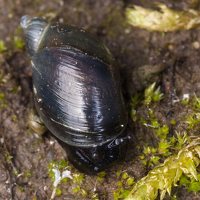 Oxyloma elegans · grakščioji gintarė
Oxyloma elegans · grakščioji gintarė
-
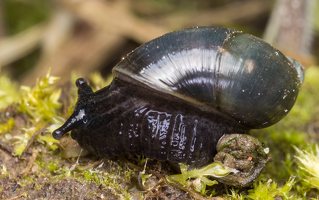 Oxyloma elegans · grakščioji gintarė
Oxyloma elegans · grakščioji gintarė
-
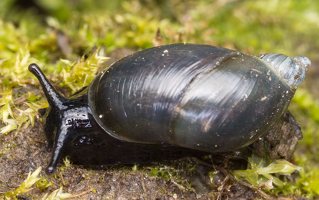 Oxyloma elegans · grakščioji gintarė
Oxyloma elegans · grakščioji gintarė
-
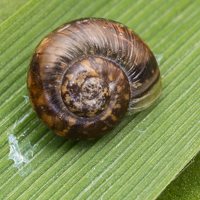 Fruticicola fruticum · lapinė krūmsraigė
Fruticicola fruticum · lapinė krūmsraigė
-
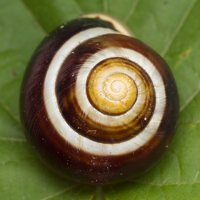 Cepaea hortensis · šviesialūpė dryžė
Cepaea hortensis · šviesialūpė dryžė
-
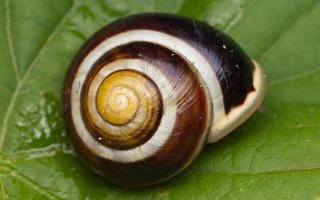 Cepaea hortensis · šviesialūpė dryžė
Cepaea hortensis · šviesialūpė dryžė
-
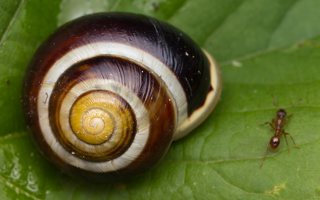 Cepaea hortensis · šviesialūpė dryžė
Cepaea hortensis · šviesialūpė dryžė
-
 Cochlodina laminata · glotnioji slukutė
Cochlodina laminata · glotnioji slukutė
-
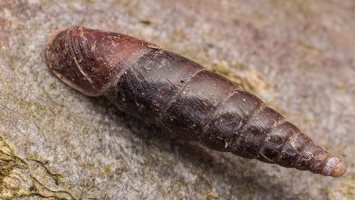 Cochlodina laminata · glotnioji slukutė
Cochlodina laminata · glotnioji slukutė
-
 Arianta arbustorum · taškuotoji arianta
Arianta arbustorum · taškuotoji arianta
-
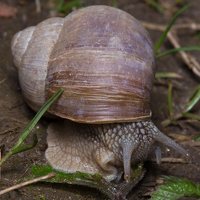 Helix pomatia · vynuoginė sraigė
Helix pomatia · vynuoginė sraigė
-
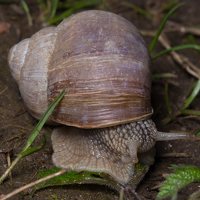 Helix pomatia · vynuoginė sraigė
Helix pomatia · vynuoginė sraigė
-
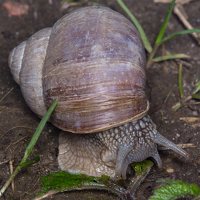 Helix pomatia · vynuoginė sraigė
Helix pomatia · vynuoginė sraigė
-
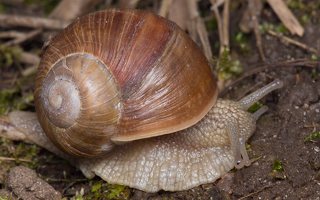 Helix pomatia · vynuoginė sraigė
Helix pomatia · vynuoginė sraigė
-
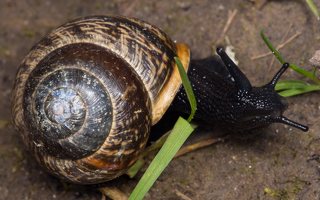 Arianta arbustorum · taškuotoji arianta
Arianta arbustorum · taškuotoji arianta
-
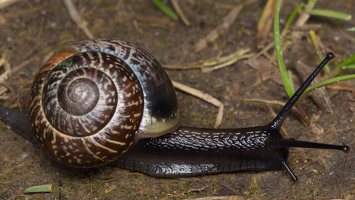 Arianta arbustorum · taškuotoji arianta
Arianta arbustorum · taškuotoji arianta
-
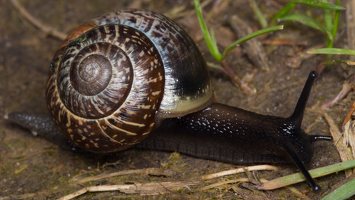 Arianta arbustorum · taškuotoji arianta
Arianta arbustorum · taškuotoji arianta
-
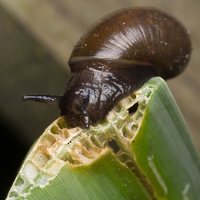 Mollusca · moliuskai
Mollusca · moliuskai
-
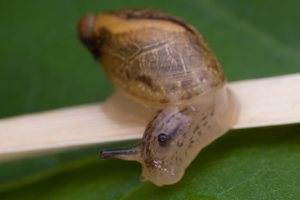 Succineidae · gintariniai
Succineidae · gintariniai
-
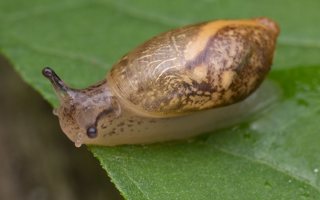 Succineidae · gintariniai
Succineidae · gintariniai
- molluscs, mollusks
- Weichtiere
- moliuskai
- gliemji
- mięczaki
en.wikipedia.org/wiki/Mollusca The most universal features of the body structure of molluscs are a mantle with a significant cavity used for breathing and excretion, and the organization of the nervous system. Many have a calcareous shell. Mollusca is the second-largest phylum of invertebrate animals, after the Arthropoda. Molluscs are the largest marine phylum, comprising about 23% of all the named marine organisms. Numerous molluscs also live in freshwater and terrestrial habitats. They are highly diverse, not just in size and anatomical structure, but also in behaviour and habitat.